By Renee Myers, November 13 2013
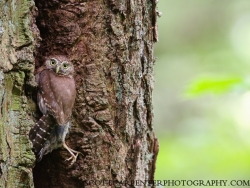 “I have seriously moved to the burbs. What will become of me?” This was among my first thoughts driving to my new home in Happy Valley in 2011, with hubby, kids and dog in tow.
“I have seriously moved to the burbs. What will become of me?” This was among my first thoughts driving to my new home in Happy Valley in 2011, with hubby, kids and dog in tow.
For the 14 years prior, I had lived and worked in Montana -- all within running distance of rugged natural areas and the potential to encounter something wild, from bears, cougars, rattlesnakes, even the mad mama cow who loved to corner me against the barb-wire fence. With my move to Portland, I thought for sure that the peace, solitude and wholeness I felt in Montana’s wild places, so close to town, was at an end.
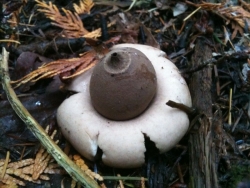 No more living on dirt roads five minutes from town, no more big skies and wide open spaces where my kids could roam. No more easy escape from the human world to fuel my inner soul.
No more living on dirt roads five minutes from town, no more big skies and wide open spaces where my kids could roam. No more easy escape from the human world to fuel my inner soul.
And then, one rare day, I stepped into Forest Park. I remember hitting the Wildwood Trail and for the first time in Portland, feeling like I was home. Maybe you’ve felt this too: the beauty of Forest Park, which doesn’t so much touch you as knock you over.
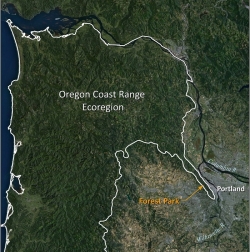 It’s a park, I soon learned, that is without parallel in the contiguous United States. No other city can boast a comparable natural and recreational resource on its doorstep -- one that still supports most of the native plants and animals that were here during the Lewis and Clark expedition. Forest Park facilitates the migration of wildlife between the Oregon Coast and the Cascade Range, purifies our air, and sequesters significant amounts of carbon -- all the while being subject to the demands of competing human uses and the growing ecological pressures associated with urban areas.
It’s a park, I soon learned, that is without parallel in the contiguous United States. No other city can boast a comparable natural and recreational resource on its doorstep -- one that still supports most of the native plants and animals that were here during the Lewis and Clark expedition. Forest Park facilitates the migration of wildlife between the Oregon Coast and the Cascade Range, purifies our air, and sequesters significant amounts of carbon -- all the while being subject to the demands of competing human uses and the growing ecological pressures associated with urban areas.
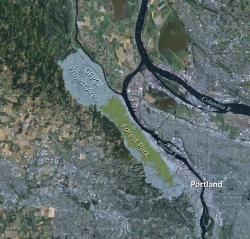 In 2010, the Forest Park Conservancy -- the park’s sole supporting non-profit -- organized a group of public and non-profit partners, known as the “Forest Park Alliance,” to develop a long term strategy to address the ecological threats that face Forest Park.
In 2010, the Forest Park Conservancy -- the park’s sole supporting non-profit -- organized a group of public and non-profit partners, known as the “Forest Park Alliance,” to develop a long term strategy to address the ecological threats that face Forest Park.
Thus was born the Greater Forest Park Conservation Initiative (GFPCI): a 20-year roadmap for the protection and restoration of the Greater Forest Park ecosystem that includes 5,200 acres in Forest Park and an additional 9,000 acres of public and private land.
In May 2012 -- a year after first setting foot in the park -- I took a job as the Conservancy's Executive Director. Over the past six months, we’ve worked tirelessly through partner collaboration to complete the GFPCI. Just one week ago, we released this landmark plan, the first of its kind.
Why? Because, as I hope our work makes clear, Forest Park is a privilege. And if this privilege is to continue to exist, then we must work together just as tirelessly, as a community, to protect it. I want the next generation that inherits Forest Park, including my three kids, to be proud of the legacy we have left them.
Whether you’re a volunteer, educator, partner, donor or city official, you can help shape Forest Park's future. Click here to learn about the Greater Forest Park Conservation Initiative, and join the Forest Park Village!

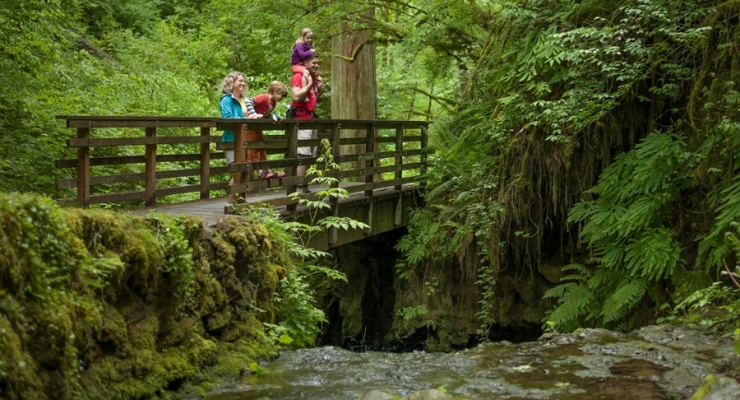
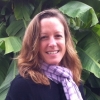 Renee Myers, Executive Director of the
Renee Myers, Executive Director of the
Add new comment